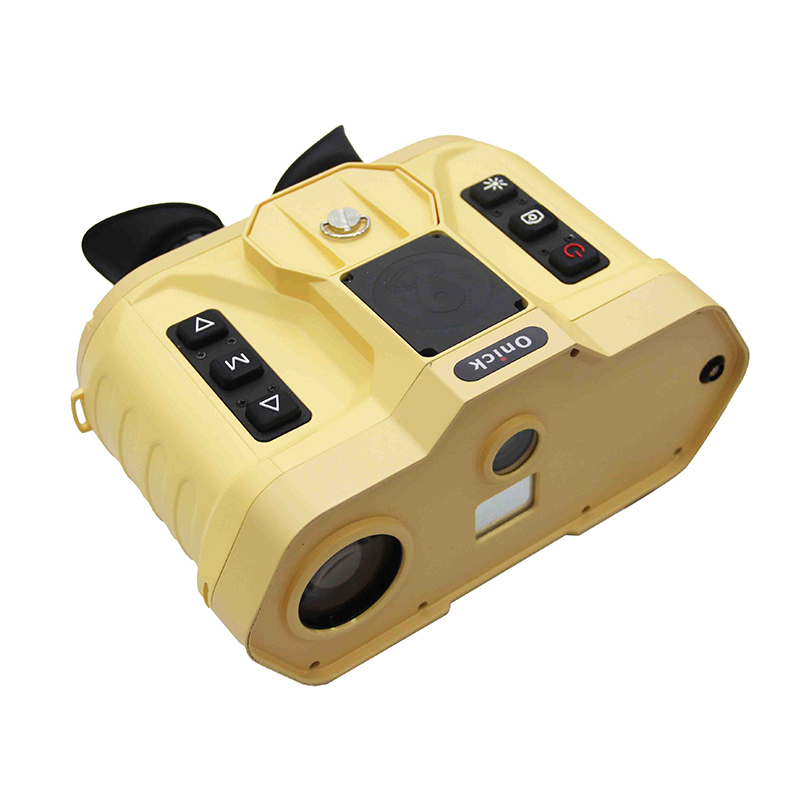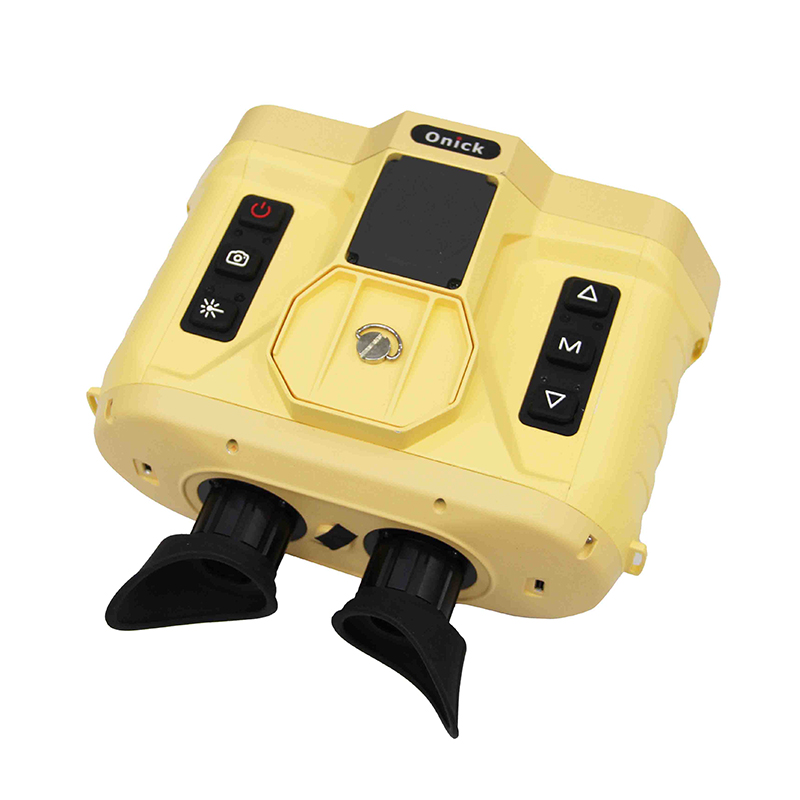Thermal imaging reconnaissance is also a type of infrared detection. Any object with a temperature above absolute zero will emit infrared radiation. To prevent infrared detection, an effective method is to match the infrared signature of the background, preventing infrared detection methods from distinguishing the target. Technically, masking and special coatings can be used to make the target's infrared signature as close to the background as possible. How can the target's infrared signature be made similar to the background's? In practice, different environments are appropriately divided, for example, into trees, grass, ice and snow, deserts, Gobi deserts, concrete buildings, and so on. Different masking materials or coatings are then used, allowing for flexible anti-infrared detection strategies.

This doesn't mean that if the target's temperature is similar to the background's, it will be difficult to detect. Even at the same temperature, the infrared radiation emitted by an object's surface can have different signatures, just as different objects have different colors, which can also distinguish object types. Therefore, the appropriate masking method or coating should be selected based on specialized technical manuals or sample testing.
Thermal imaging reconnaissance devices are specialized devices developed based on infrared thermal imaging technology, designed for long-range target detection and surveillance in complex environments. Their performance and application scenarios are more targeted than those of standard infrared thermal imagers. Their specific features are as follows:
Core Function Focus: "Covert Reconnaissance"
The core of a thermal imaging reconnaissance device is non-contact detection by capturing the target's infrared radiation (heat signature). It is completely independent of ambient light. Even in pitch-black darkness, on smoky battlefields, or amidst dense jungle, it can clearly identify the outlines and positions of targets such as personnel, vehicles, and equipment. Unlike night vision goggles, it does not require active infrared supplemental light (some models can be disabled), thus preventing the device from revealing its position. This is particularly critical in military reconnaissance and counter-terrorism operations. Enhanced Technical Advantages: "Penetration and Identification"
Strong anti-interference capability: Penetrates obstacles impenetrable to visible light, such as smoke, haze, and dust, maintaining stable detection even in inclement weather and complex environments.
Precise thermal signature differentiation: By using the color differences in thermal images at different temperatures (such as the temperature difference between a human body and a vehicle), it can quickly identify target type, number, and even movement trajectory.
Long-range detection: Professional reconnaissance models have a detection range of several kilometers (for example, the detection range for vehicles is typically 3-5 kilometers, and for humans, 1-2 kilometers). Combined with high-magnification optical zoom, it enables detailed observation at long distances.

Combat Scenarios Covering Multiple Fields
Military Reconnaissance: Used for battlefield frontline reconnaissance, enemy position deployment monitoring, and target confirmation before nighttime raids, effectively circumventing enemy visible light warning equipment.
Border and Coastal Defense: Monitors illegal border crossings and smuggling activities at night or in inclement weather, unaffected by ambient light.Emergency Rescue: Locates trapped personnel through rubble or thick smoke at disaster sites such as earthquakes and fires, improving rescue efficiency.
Wildlife Conservation: Observes wildlife activity patterns at night, avoiding the risk of disturbing animals with strong light.
Limitations and Usage Precautions
The clarity of thermal imaging reconnaissance devices is affected by the temperature difference between the target and the surrounding environment (for example, a target's thermal signature may be blurred in high temperatures), and cannot discern details such as color and texture (only morphology and temperature can be used). Furthermore, they are relatively expensive, and their portability is limited by device size and power supply (some specialized devices require an external power supply). Overall, thermal imaging reconnaissance devices, with their core advantages of concealment, penetration, and all-weather capability, have become a key device for long-range target detection in complex environments. Their role is particularly difficult to replace in scenarios requiring high concealment and environmental adaptability.


